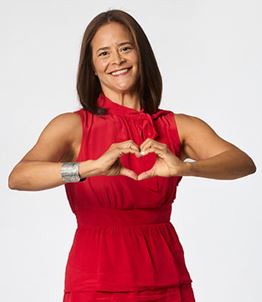 Go Red for Women®
Go Red for Women® Class of Survivors
Heart Disease and Stroke Survivors

The American Heart Association's Go Red for Women Class of Survivors are national volunteers selected to be a part of a sisterhood of survivors from all walks of life and serve as ambassadors for the Go Red for Women movement. Often the surprising faces of cardiovascular disease, the survivors share their powerful stories to raise awareness of heart disease and stroke in women and inspire others to take charge of their health and well-being.
The 2025 Class of Survivors












